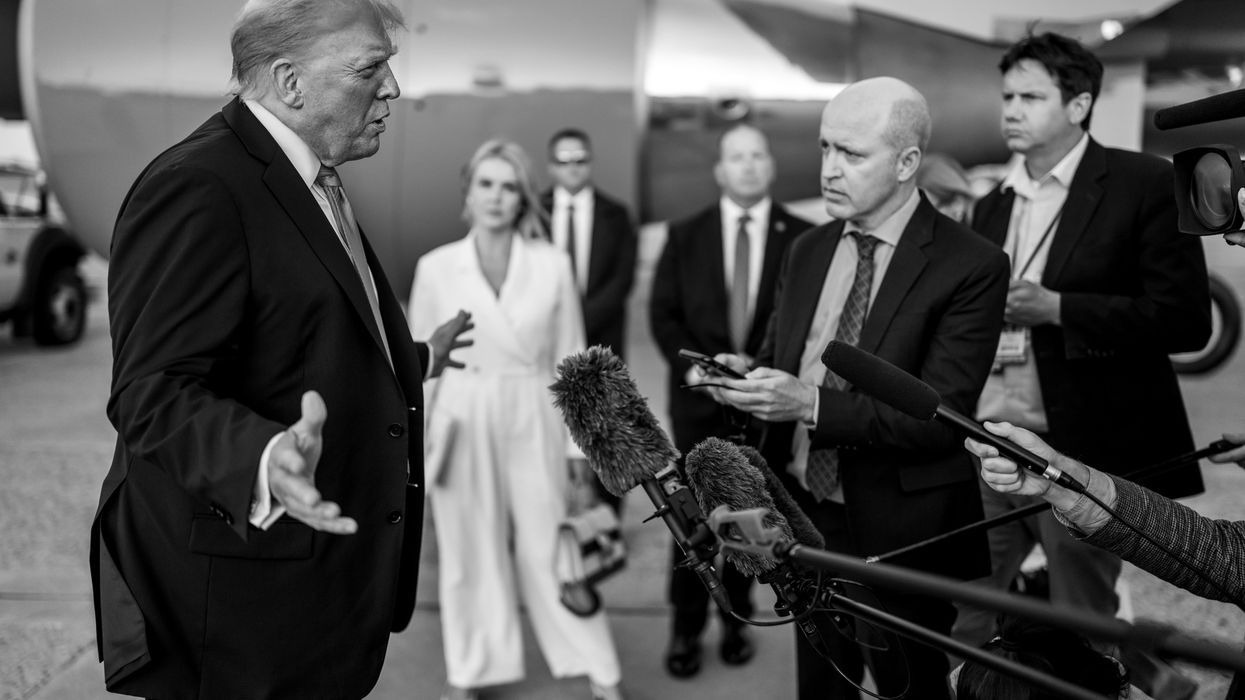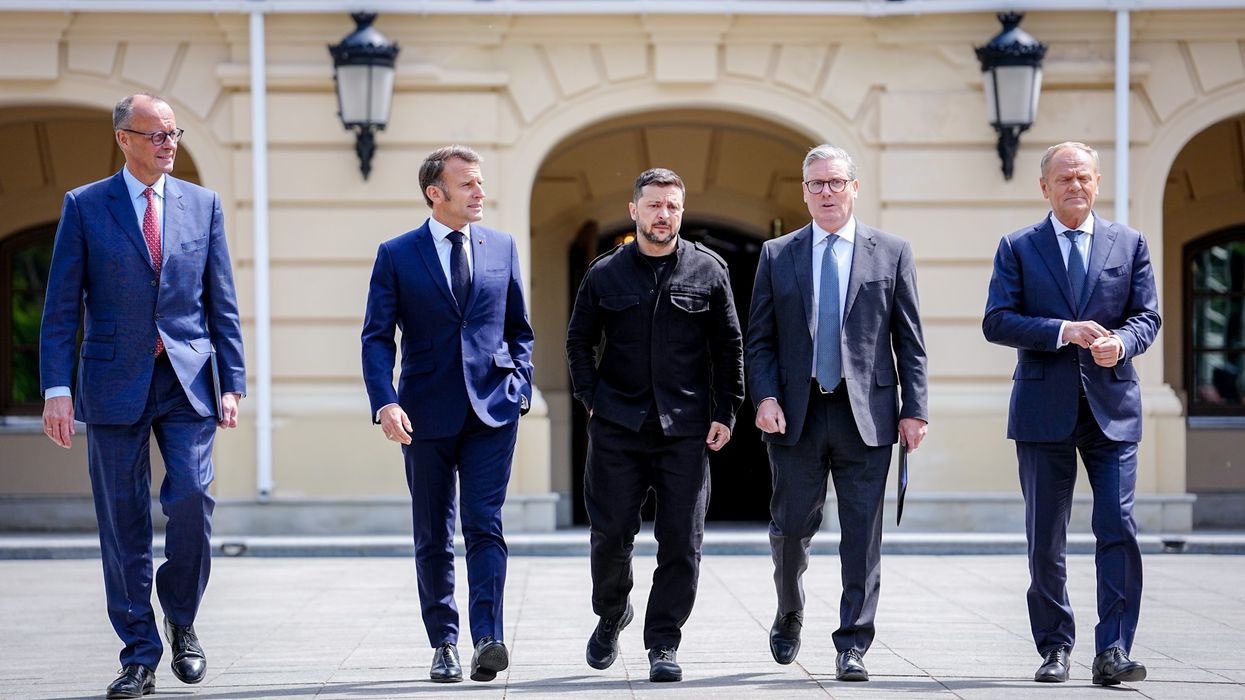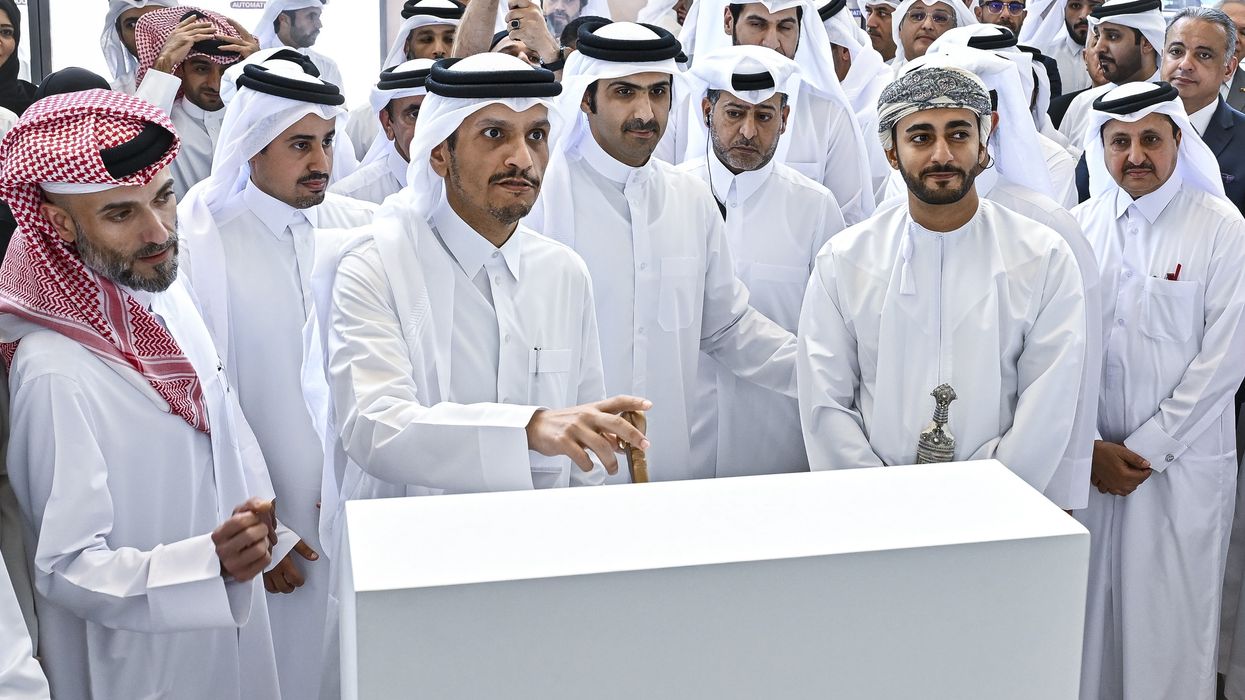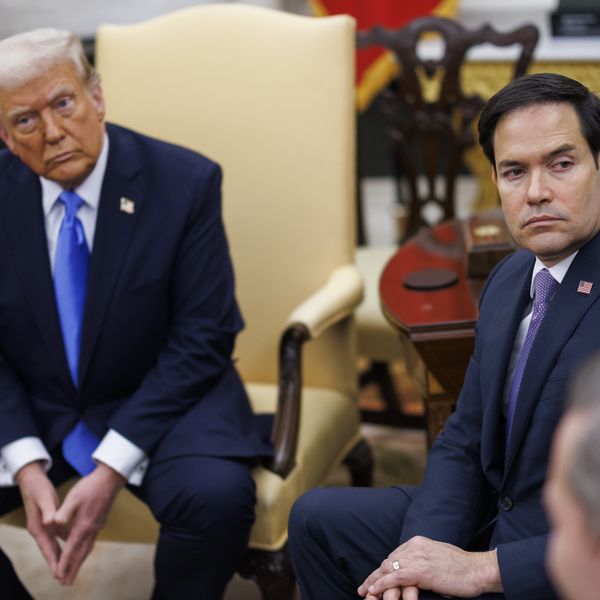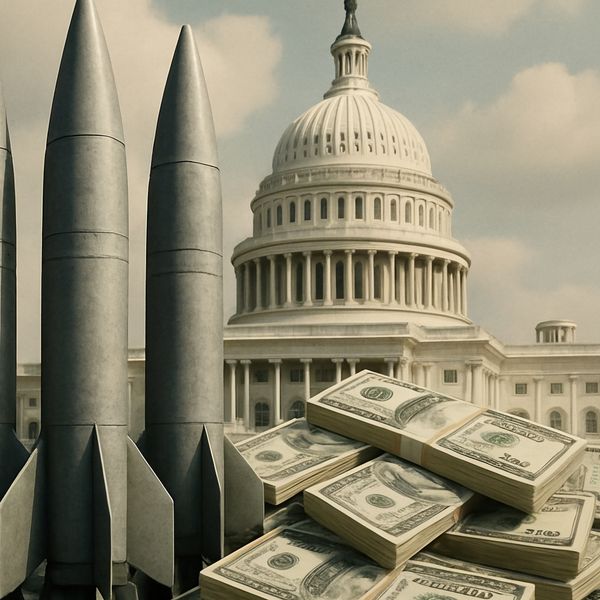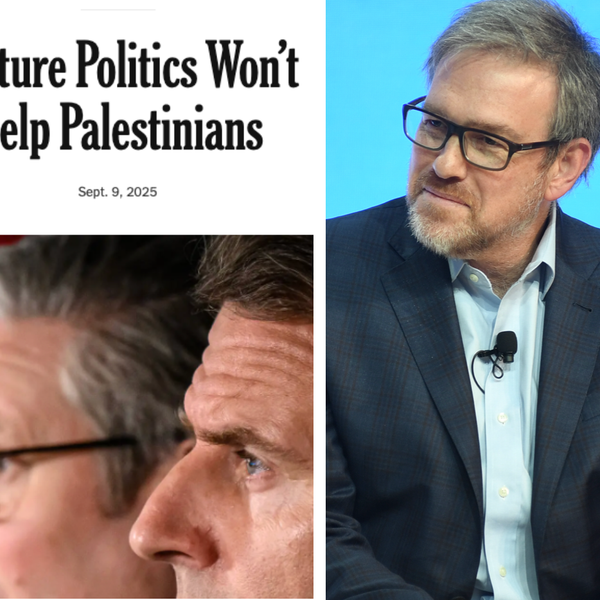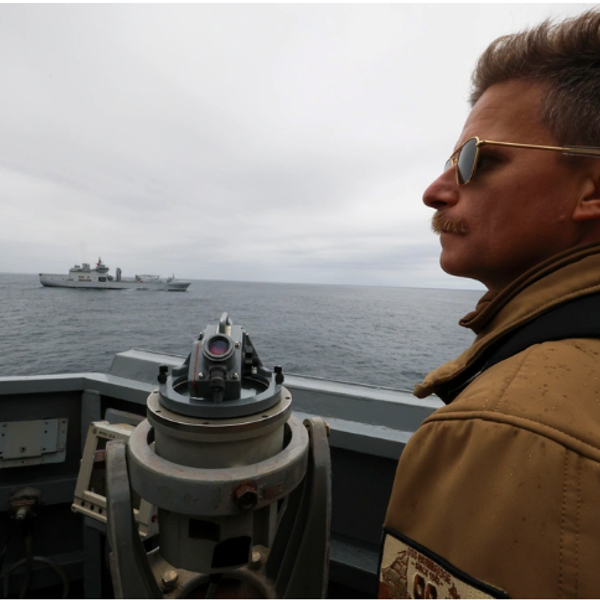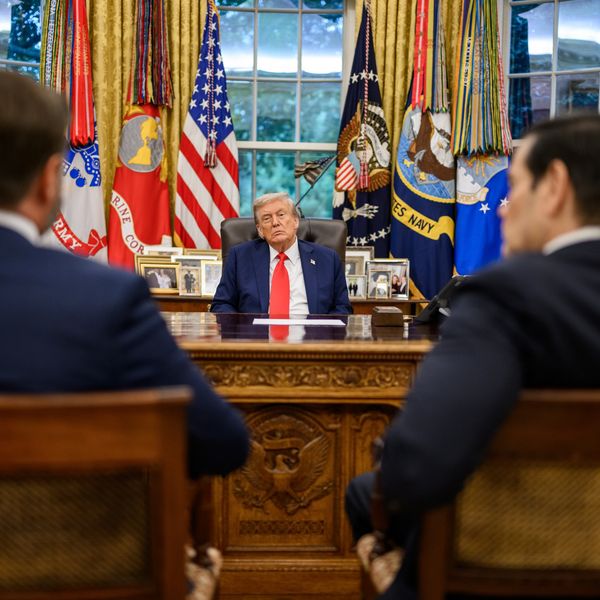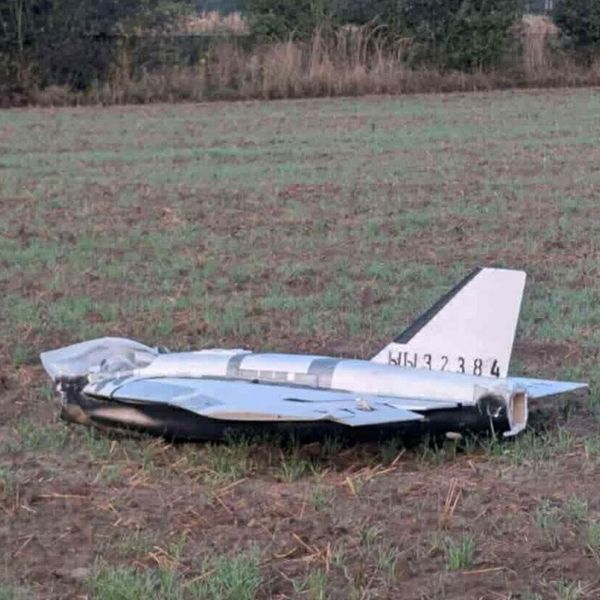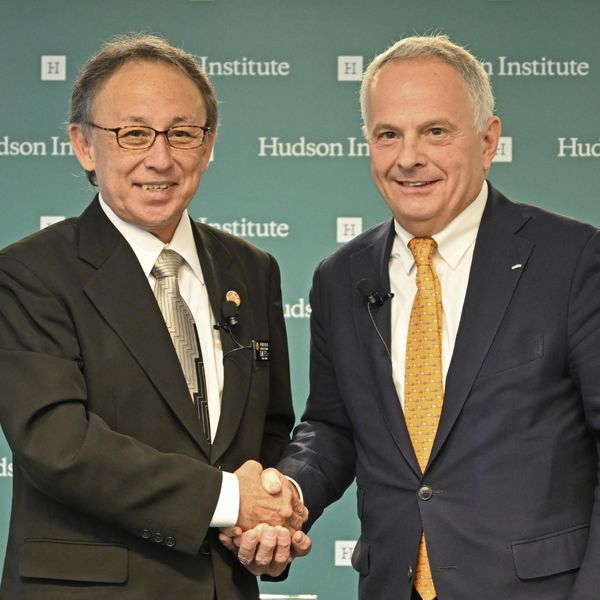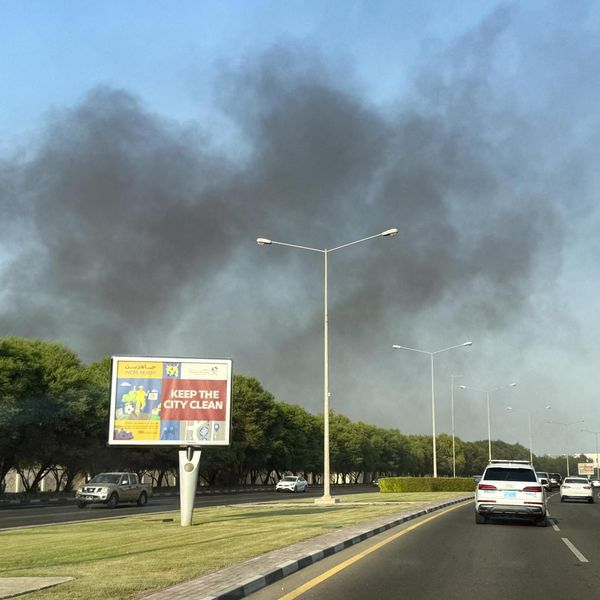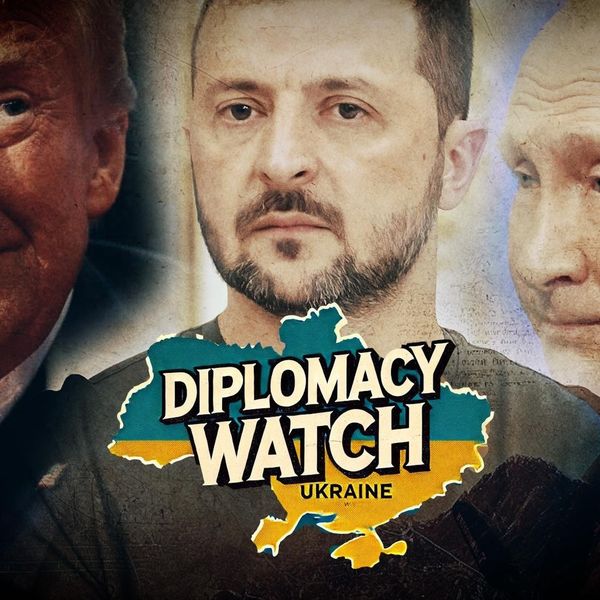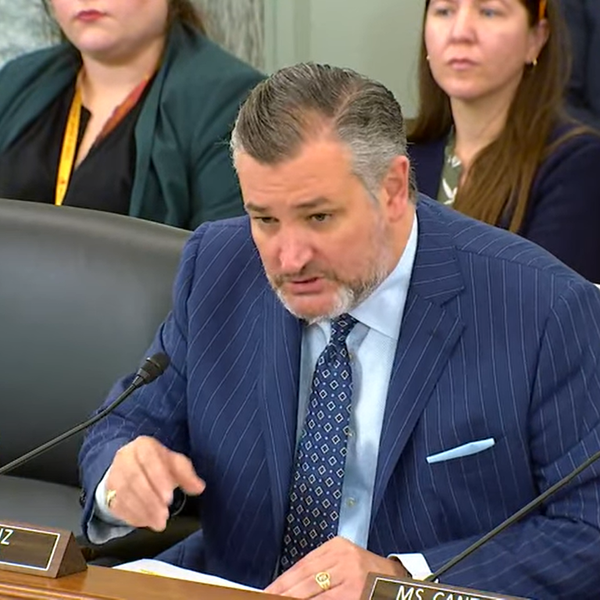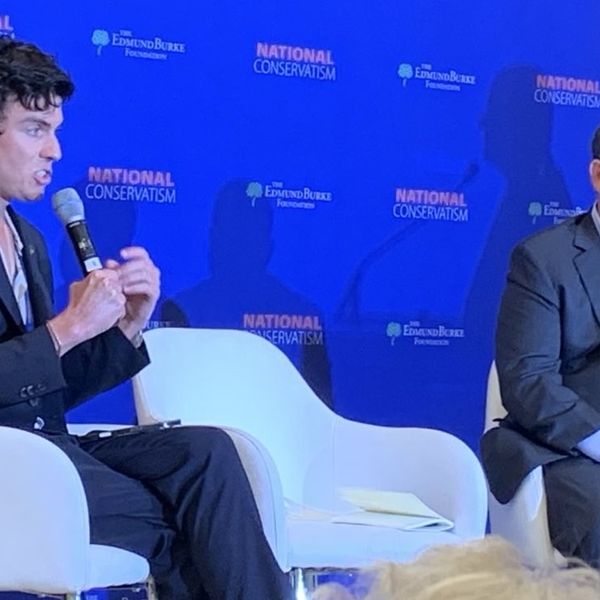As the Middle East bids farewell to 2019 and welcomes the new year, the peoples of the region have precious little to celebrate. Young and old — Arabs, Iranians, Turks, Kurds, and Israelis — view the coming year with trepidation, growing uncertainty, and a deepening mistrust of their leaders and governing institutions — economic, political, and social.
The social contracts that political entities — states and statelets alike — cobbled with their peoples in the last century have run their course. Because of diminishing state resources and endemic corruption, the varied ethnic and religious communities that worked collaboratively, albeit begrudgingly, under the 20th century political structures seem to have reverted to traditional fissures and fault lines of destructive political and religious tribalism. Leaders that traditionally paid at least a lip service to inclusion and power sharing have abandoned all pretenses of the rule of law and, instead, are resorting to personalized politics whose sole aim is to keep them in power.
Arab and non-Arab rulers — presidential strongmen, tribal potentates, monarchs, and elected prime ministers — are becoming more willing than ever to use all the levers of the state available to them to stay in power despite legal injunctions and long-held practices. In previous decades, leaders expected their peoples to declare loyalty and allegiance to them, and in return they would provide them with personal security and economic wellbeing. The quid pro quo social compact formula of allegiance-for-regime protection that worked effectively for decades has all but dissipated.
Greed, corruption, repression, patronage, and media control are the preferred tools rulers have used to cement their control. They have allowed cabinet members and ministers to function as long as they remain sycophantic, pliant, and submissive. Many of these senior officials have unabashedly benefited from the large-scale corruption that rulers have practiced.
Rulers and their cronies have amassed billions of dollars through shady means, which they have spirited to foreign banks and secret bank accounts across the globe. Whereas years ago corruption was mostly limited to a few people at the top and involved relatively small amounts of money, in the past decade massive corruption has cast a long shadow across political systems from the most powerful ruler to the lowly minister.
When thousands of people went to the streets to protest such endemic corruption, the growing gap between rich and poor, and the rising poverty, regimes in Iran, Iraq, Saudi Arabia, and elsewhere have responded with bloodshed and brutality. Lebanon’s protests so far have remained peaceful, a point of light in the midst of regional mayhem.
In order to stifle dissent, regimes have extended their repression to media bloggers, reporters, social media activists, and peaceful dissenters across the political and social spectrum. The killing of hundreds of protesters in Iran, for example, has seen the worst violence since the establishment of the Islamic Republic 40 years ago. The gruesome killing of Jamal Khashoggi a year ago by the Saudi regime was another vulgar example of regime repression.
The disturbing wealth imbalance between the majorities of poor, unemployed and underemployed and the millionaires and billionaires in these countries, from Lebanon to Egypt, is at the heart of the on-going mass protests. Lebanon, Iraq, and Iran illustrate the turmoil and uncertainty rocking the region.
A Crumbling Government Structure in Lebanon
Lebanon, a nation on the verge of bankruptcy, boasts dozens of millionaires and billionaires. Yet, public services are at a standstill, garbage is piling up on street corners, and the vast majority of the Lebanese people are unsure where their next meal is coming from. The governing structure is totally paralyzed, the security services have refrained from killing their own citizens, but the government — including President Michel Aoun and the ex-Prime Minister Saad Hariri — lack the will, the power, and the vision to address the critical issues facing the country. These leaders have even failed to provide a semblance of hope to their citizens.
Hezbollah remains an insidious but critical player in Lebanon. The Shia power structure — represented by Hezbollah, Amal, and Iran — worries that the protesters’ demands could threaten its influence in the country. Yet, it ignores the existential threat facing the country if the current situation is allowed to fester. In this scenario, Lebanon as a confessionally functioning political entity could come apart at the seems and cease to exist as a country.
Hezbollah finds itself in a quandary. The popular voices denouncing corruption and patronage-based personalized politics, in which Hezbollah has participated and benefited from over the years, are charting a new era for Lebanon. Hezbollah’s Executive Secretary Hasan Nasrallah will no longer be tolerated as the supreme king maker of the Lebanese political leadership, whether a Maronite president or a Sunni prime minister. Hezbollah, like the rest of the political parties and movements, must be held accountable, and its political machinations must become more transparent.
If the major international actors, including the International Monetary Fund, are interested in stabilizing Lebanon, they should establish tough mechanisms regarding accountability and transparency that would govern all future key policy makers in Lebanon. These should also include restrictive sanctions on finances, banking transactions, large deposits in foreign banks, and travel. Many of the current leaders of Lebanon, regardless of party or religious affiliation, should also be restricted in dispensing patronage jobs and projects. They should be banned from involvement in future economic projects until they come clean about their wealth.
A Violent Contrast in Iraq
Iraq, on the other hand, has killed scores of street demonstrators. So much so that Grand Ayatollah Ali al-Sistani, the country’s most powerful Shia leader, decried the regime’s bloody response to the demonstrators and called for a new prime minister. In response, Prime Minister Adil Abdul Mahdi submitted his resignation, which the protesters viewed as an inadequate response to the killing of hundreds. Sistani’s public stance is a major challenge to Iran, which has a strategic interest in Iraq.
From Iran’s perspective, Iraq poses a much more serious challenge to Iran’s ambitions and hegemony than Lebanon’s. For Iran, the Iraqi threat is strategic, political, and religious. Iraq shares a long and critical border with Iran across the Shat al-Arab estuary, from Abadan to the Kuwaiti border, which Iran uses as a shipping lane for its oil and other commercial activities. Iran has relied on friendly Iraqi political factions and militias to further its interests in that country and enhance its influence in the electoral process and selection of political leaders. The recent burning of the Iranian consulate by anti-government protesters in Najaf, the heart of Shia Islam, must have been a terrible blow to the Iranian regime.
Politically, the Iraqi protests have shaken the regime in Iran. Muqtada al-Sadr and his so-called Sadrist political machine, which traditionally supported Iran’s strategic goals in Iraq, have become more disillusioned with Iran’s “imperialist hegemony” in Iraq and now are more assertive of Iraqi nationalism. Sadr stated publicly that he would not participate in the selection of a post-Abdul Mahdi government. He also has endorsed the protesters’ struggle to attain their “legitimate rights.”
Theologically, Iran has had a major stake in Iraq because the Iraqi cities of Najaf and Karbala are the heart of Shia Islam. The religious seminaries or Hawzas in Iraq have produced some of the most prominent Shia theologians in the Shia world. Because of the restrictions that Saddam Hussein placed on Shia theological studies in Najaf and Karbala, many would be religious students and scholars went to study theology at Qom in Iran. The independent streak that Sistani seems to be leaning toward must be unsettling to the Ayatollahs in Iran.
Since the establishment of the Islamic Republic 40 years ago, Persian nationalism and Shia Islam have been two sides of the same coin. During Saddam’s rule, Iraqi Shia theologians were not averse to the organic relationship between nationalism and religion. Since Saddam’s demise, however, Iraqi Shia theology became more independent of Iran and started to assume a more overt role in Iraqi politics. Sistani’s recent statements give the impression that a new phase of nationalism and Shia theology is emerging in Iraq outside Iran’s control.
Anger is Thicker than oil in Iran
Iran’s mass demonstrations and the regime’s bloody response is another example of the current mayhem in the greater Middle East and the growing divide between the rulers and the ruled. Unlike the green revolution of 2009 when thousands of young Iranians demonstrated demanded freedom, dignity, and democracy, the current street protests have targeted the deteriorating economic life of the country, the growing poverty and unemployment, and the rising inflation. The large increase in the price of gasoline was the catalyst that sparked the mass protests, but the popular anger at the regime runs much deeper than the price increase.
The 2009 youth upheaval did not question, at least publicly, the nature of the theocratic regime in Iran. The youth demanded freedoms under the rubric of the Islamic Republic. Most unnerving for the regime in the current protest movement are the relatively quiet but yet audible calls to change the regime from within.
Much like Lebanon, the protesters in Iran are equating the religious system of governing with corruption, inefficiency, and poor economic and social policy. Unlike Lebanon, however, the security forces in Iran under the control of the Revolutionary Guard and its elite Quds Force have opened fire on the demonstrators killing hundreds of people. The Lebanese military, as an institution, still retains a high degree of popular support for its professionalism, integrity, honesty, and the ability to rise above sectarian divisions.
The institution and some senior members of the Revolutionary Guard, by contrast, have benefited financially from the regime through business enterprises and trade deals even under the crippling sanctions regime. This might explain why the security services have killed their own citizens in defense of an inefficient, corrupt, and repressive regime.
The Path Forward
Regimes’ inability and unwillingness to address their peoples’ legitimate demands economic development, social justice, and freedom are leading the region to more turmoil and uncertainty. When you add to that the continued repression in other countries, such as Saudi Arabia, Egypt, Bahrain, together with rising poverty and unemployment, the Middle East finds itself in a bad place. The specter of terrorism continues to haunt the region. The recent shooting at the Naval Aviation Station in Pensacola, Florida, by a Saudi national is yet another indicator that terrorism remains a deadly regional export. Saudi textbooks and training manuals, including those for the military, preach an intolerant ideology toward other religions and other Muslims, especially Shia, who do not adhere to the Wahhabi-Salafi doctrine.
As the political systems in many countries in the region are devoid of creative ideas and strategies for the future, perhaps it is time for the peoples of the region to follow the Lebanese example and demand that all corrupt politicians be expelled from government and be replaced by a new system in which the citizens are active participants. Such a system must be secular, accountable, transparent, and democratic. The focus of the new regime should be the personal security and economic wellbeing of the citizens. Nothing less will work in the long-run.

